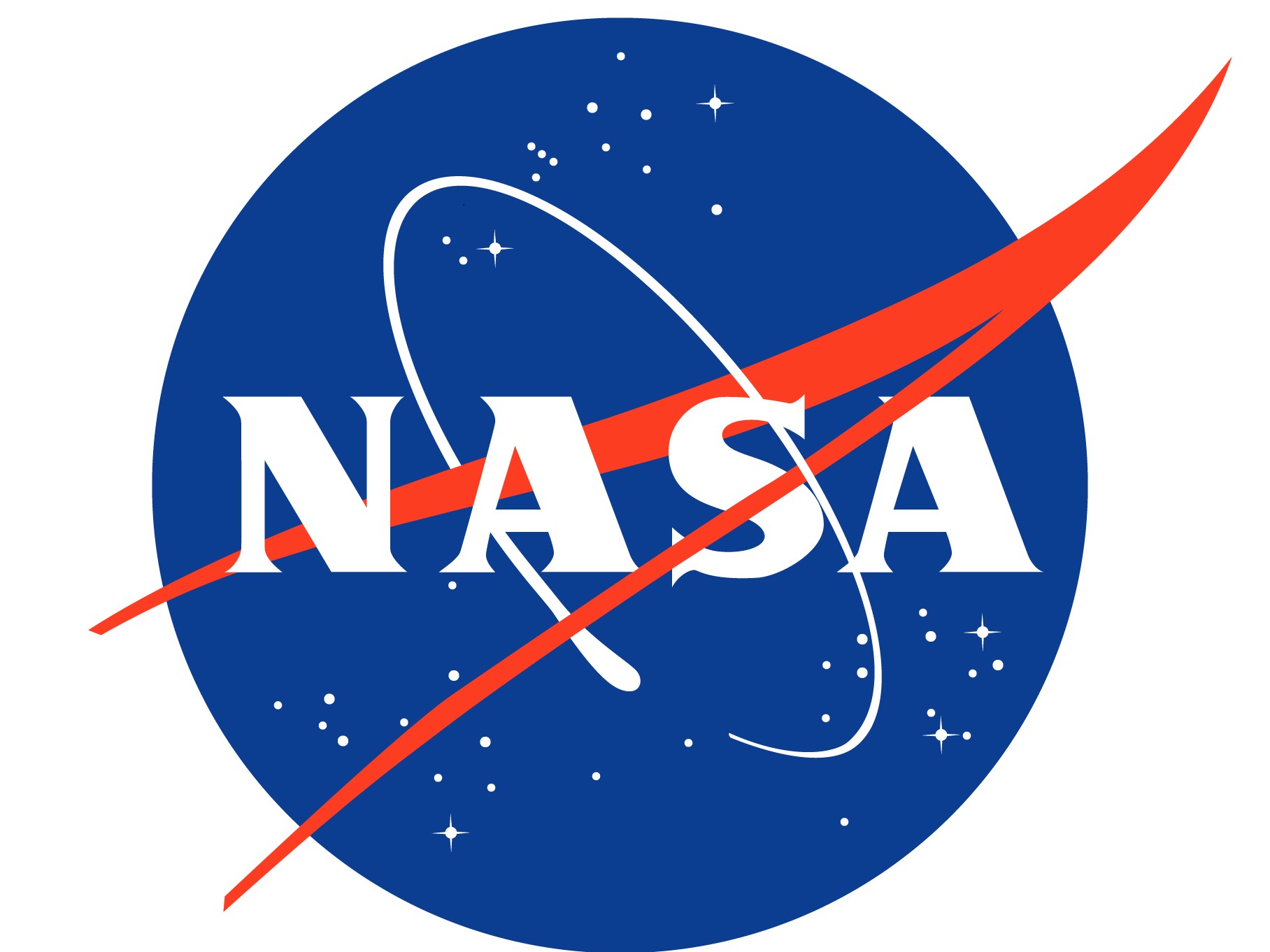NASA Discovers a Game-Changer for Deep Space Travel: Meet Americium-241!










2025-07-27T04:32:00Z

Imagine a future where spacecraft can explore the far reaches of the galaxy without the fear of running out of power. Sounds like science fiction, right? Well, NASA is making that dream a reality with its groundbreaking research into americium-241, a powerful fuel source that could revolutionize deep space exploration.
For years, NASA has relied on radioisotope power systems, using the decay of radioactive materials to generate electricity for its missions. Traditionally, plutonium-238 was the heavy hitter in this arena, powering everything from the Mars rovers to Voyager probes. But the interest in americium-241 has been simmering for quite some time, and now, in collaboration with the University of Leicester, NASA is ready to put this intriguing fuel to the test.
The core of this ambitious project is a free-piston Stirling convertor. Unlike conventional engines that rely on crankshafts, this innovative technology uses floating pistons, which means less wear and tear over time. This unique design allows the convertor to produce more energy consistently, making it an ideal candidate for the rigorous demands of deep space exploration.
The collaborative effort saw the University of Leicester contributing heat source simulators and generator housing, while NASA Glenn’s Stirling Research Lab provided the necessary test stations and hardware. The Stirling generator was powered by two electrically heated simulators that mimicked real americium-241 sources, setting the stage for an exciting test.
The results? Satisfactory, to say the least! One of the highlights was the testbed's ability to maintain electrical output even if a Stirling convertor were to fail. This resilience indicates that the Americium-Radioisotope Stirling generator could indeed become a reliable energy source for extended missions into the unknown expanses of space.
 Erik Nilsson
Erik Nilsson
Source of the news: Notebookcheck